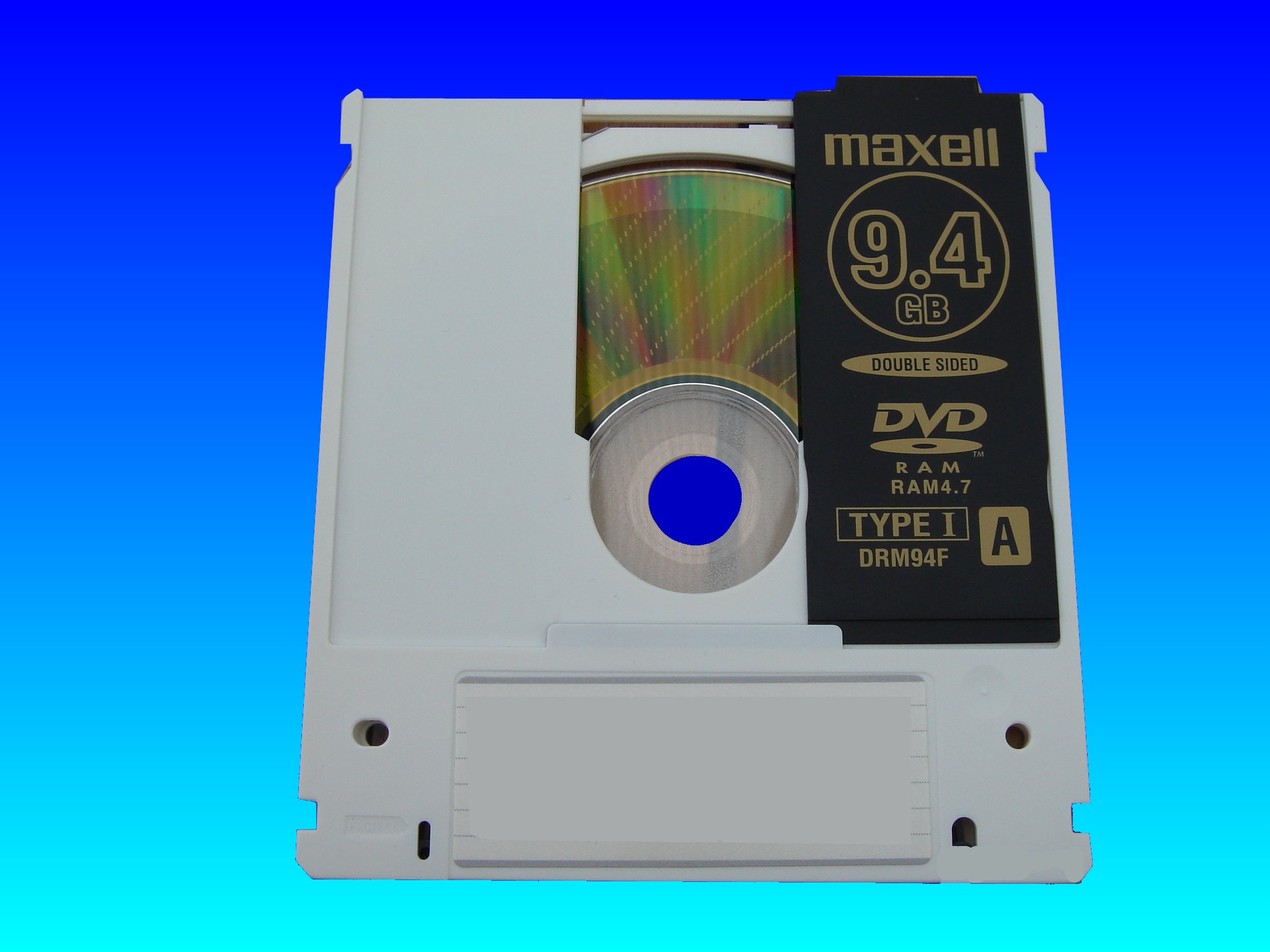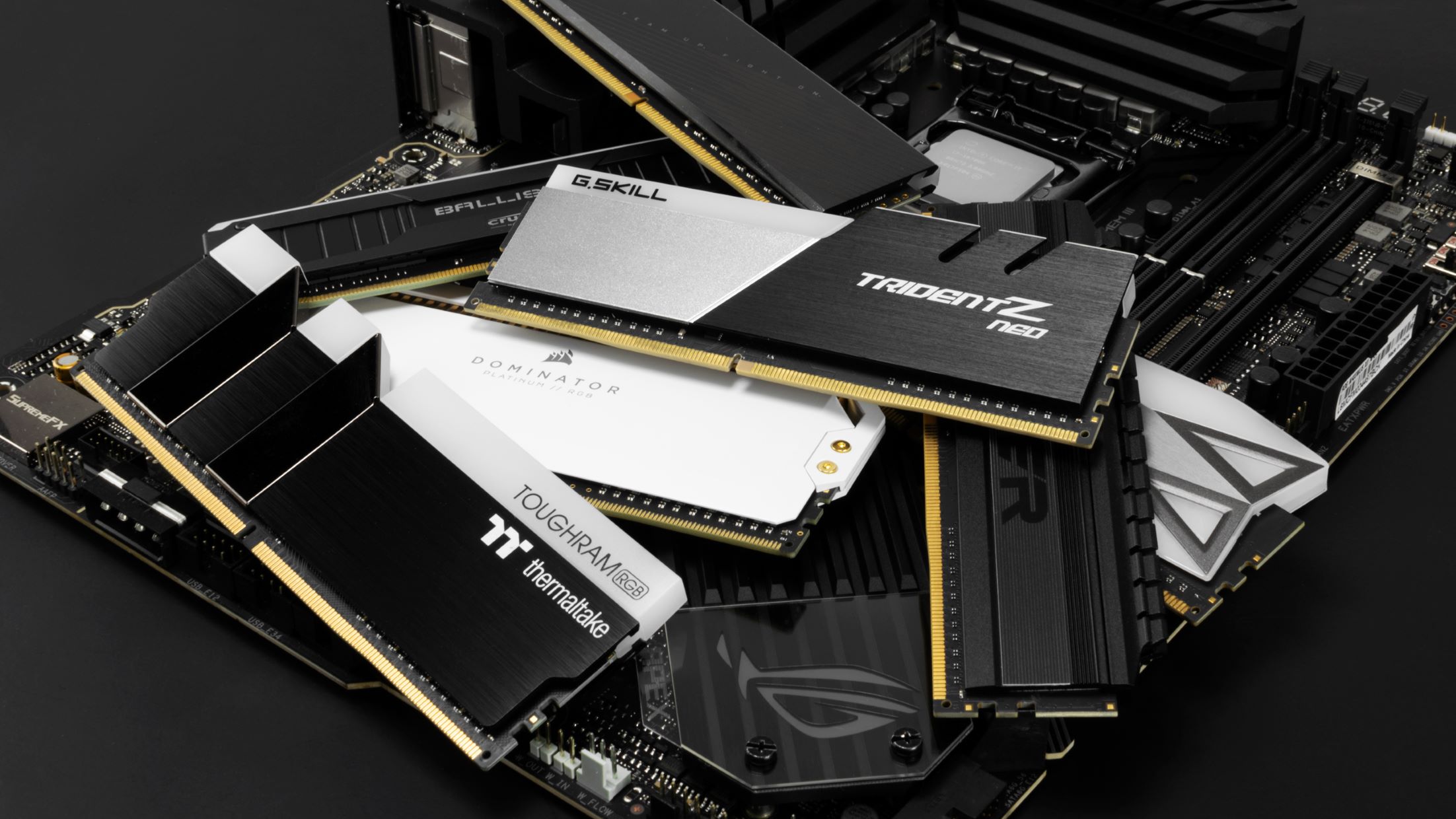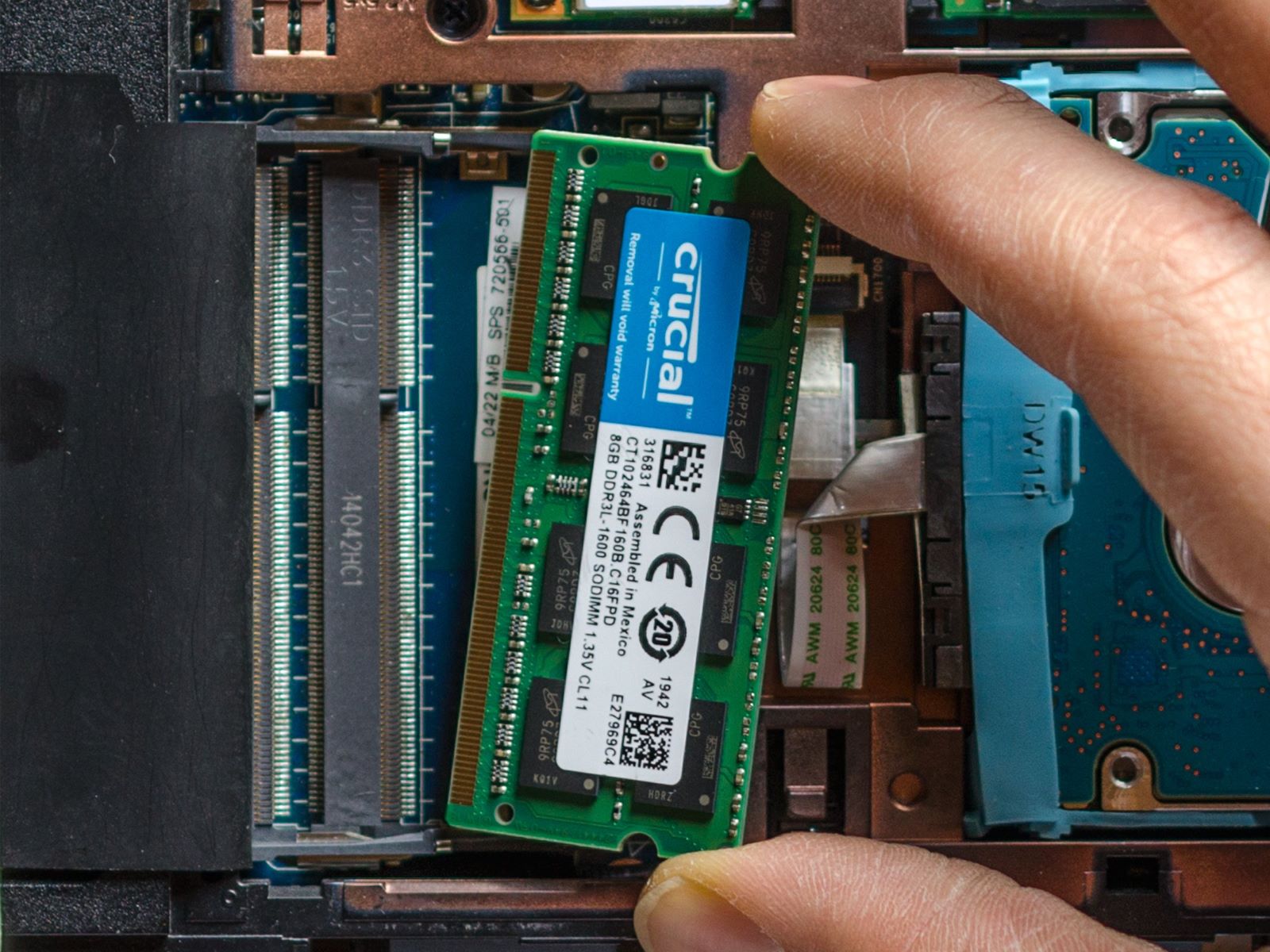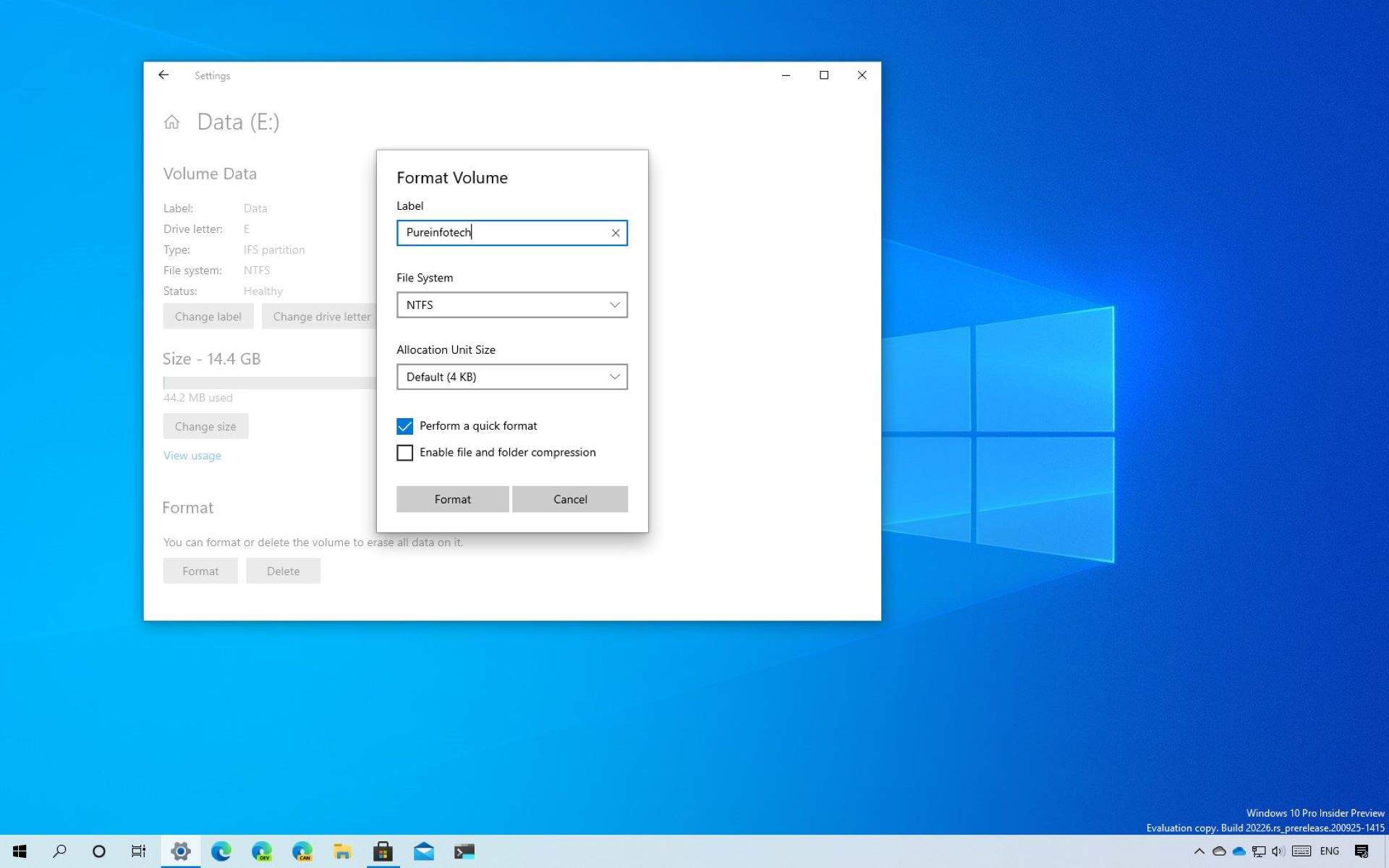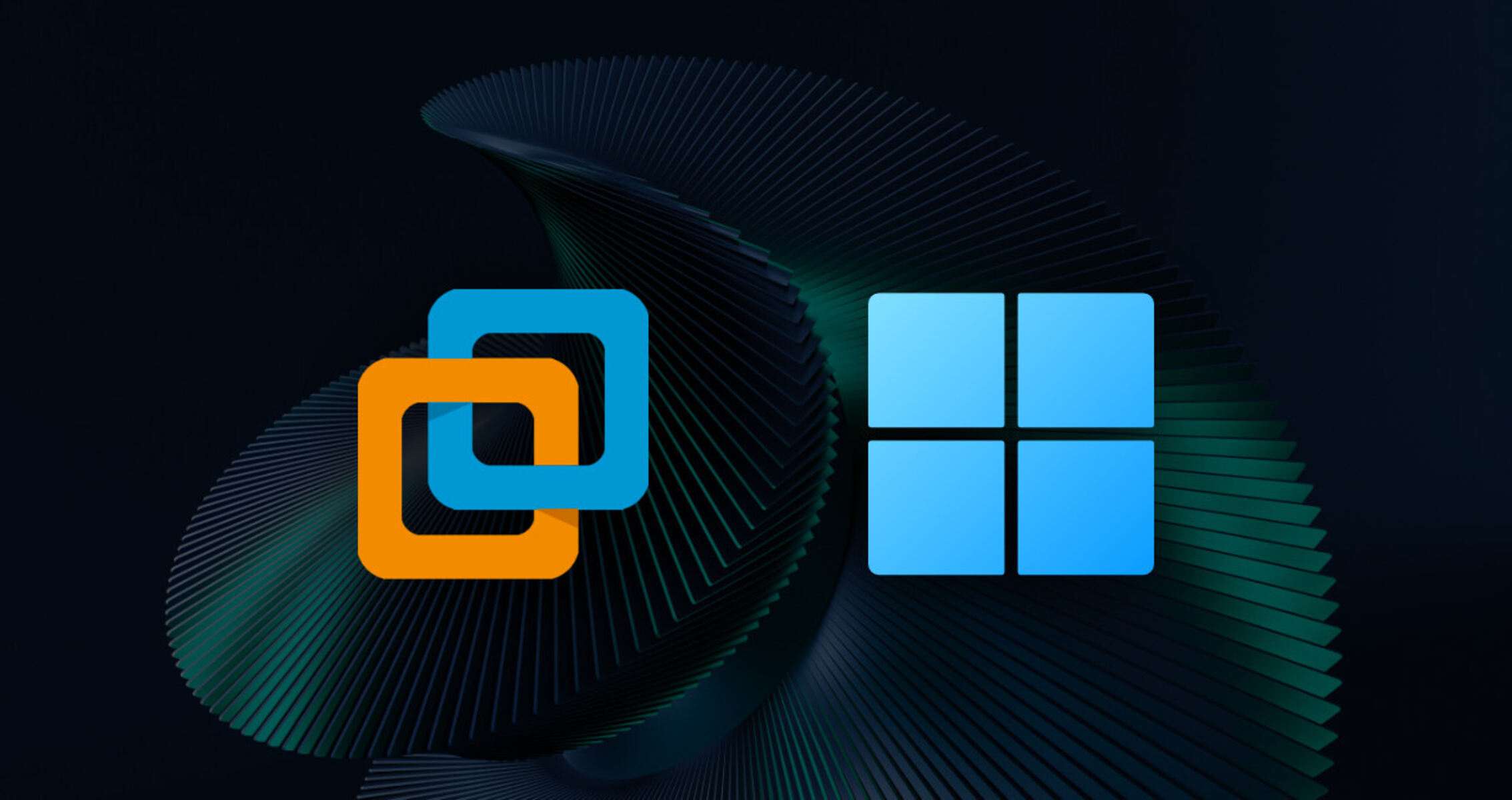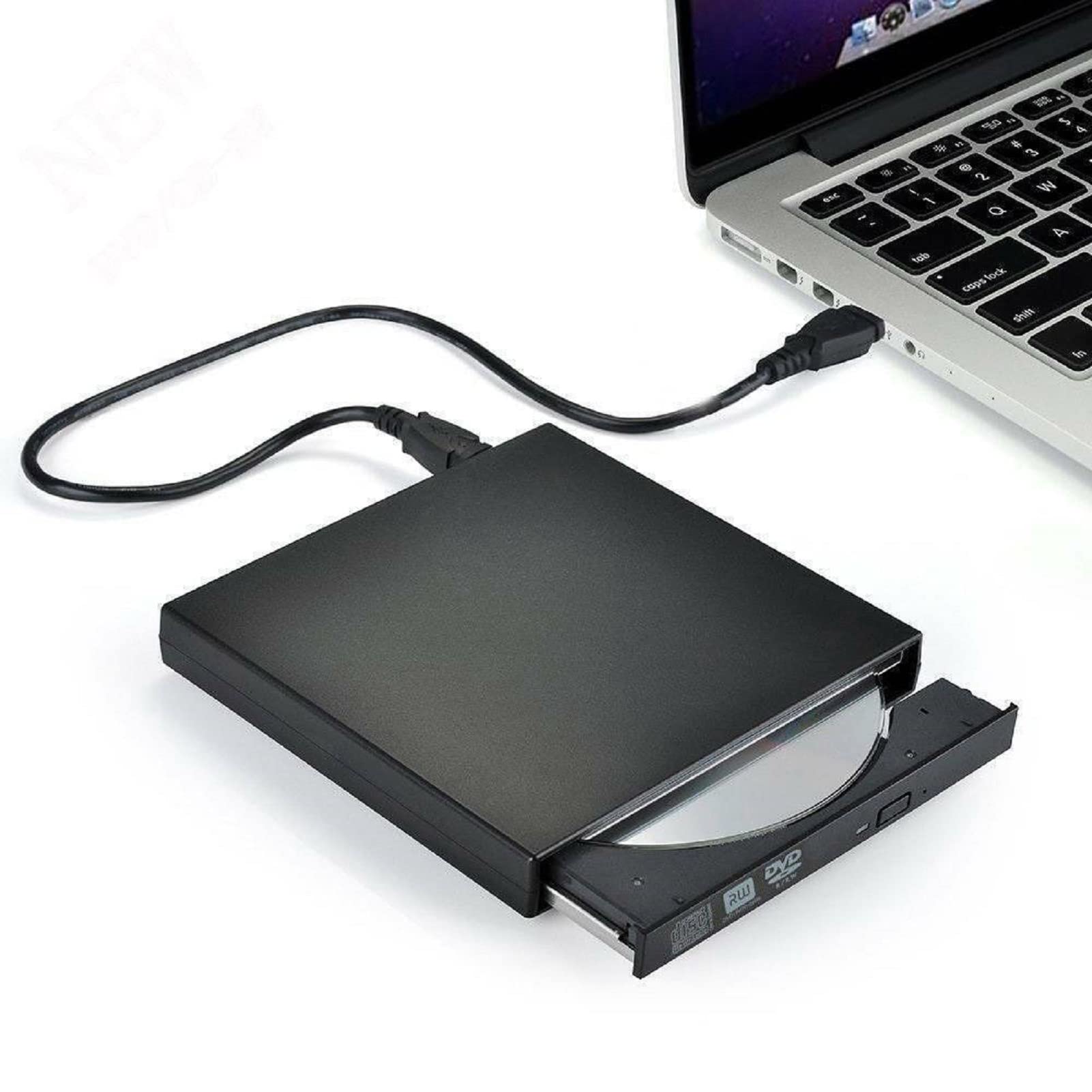Introduction
Welcome to the world of DVD RAM disks! In this digital age where storage options are abundant, the DVD RAM disk offers a reliable and versatile solution for storing and accessing data. Whether you’re a tech enthusiast or a casual user, understanding the basics of DVD RAM disks can unlock a range of benefits for your storage needs.
DVD RAM, which stands for Digital Versatile Disk Random Access Memory, is a rewritable optical storage medium that combines the advantages of both DVDs and traditional RAM. It offers high-capacity storage, fast data transfer speeds, and the ability to rewrite data thousands of times without compromising its integrity.
With the increasing demand for data storage, DVD RAM disks have gained popularity due to their advanced features and compatibility with a wide range of devices, including computers, DVD players, and recorders. So, whether you need to store important files, create backups, or simply enjoy your favorite movies and music, DVD RAM disks offer a flexible and reliable storage solution.
In this article, we will explore the intricacies of DVD RAM disks, discussing their functionality, advantages, and disadvantages, as well as how to use them effectively. We will also compare DVD RAM disks with other popular storage devices to help you make the right choice for your specific requirements.
So, buckle up and get ready to dive into the fascinating world of DVD RAM disks as we unravel their mysteries and guide you through everything you need to know about this innovative storage technology.
What is DVD RAM Disk?
A DVD RAM disk is a type of rewritable optical storage media that offers significant advantages over traditional DVDs and other storage devices. It combines the large storage capacity of DVDs with the random access capabilities of traditional RAM, making it a versatile and efficient choice for storing and accessing data.
Unlike standard DVDs, which can only be written to once, DVD RAM disks can be rewritten thousands of times without any loss of data integrity. This makes them ideal for tasks that require frequent updates or modifications, such as backing up important files or creating archival copies of digital content.
One key feature of DVD RAM disks is their random access functionality. This means that data stored on the disk can be directly accessed, edited, or deleted at any point on the disk, without the need to read through the entire disk sequentially. This makes DVD RAM disks remarkably convenient for both home and professional use, as they allow for quick and efficient data access.
DVD RAM disks come in various capacities, ranging from 2.6GB to 9.4GB per single-sided disk. Additionally, multiple disks can be combined to create larger storage capacities, making them suitable for a wide range of applications, from storing large multimedia files to archiving extensive data sets.
These disks utilize a phase-change material for data storage, which undergoes physical and chemical changes under the control of a laser beam. This process allows for data to be written, erased, and rewritten quickly and efficiently on the disk’s surface, ensuring reliable and long-lasting storage.
DVD RAM disks are compatible with a range of devices, including desktop and laptop computers, DVD players, and DVD recorders. This versatility makes them an excellent choice for transferring or sharing files across different platforms and ensures that your data can be accessed from various devices without any compatibility issues.
In the next sections, we will delve deeper into the functionality, advantages, and disadvantages of DVD RAM disks, as well as explore how to use them effectively and compare them to other storage devices on the market.
How Does DVD RAM Disk Work?
To understand how a DVD RAM disk works, it’s essential to explore the underlying technology and processes involved. DVD RAM disks utilize a combination of optical storage and random access memory (RAM) principles to offer high-capacity rewritable storage.
At its core, a DVD RAM disk consists of multiple layers. The bottom layer is made up of a substrate, followed by a reflective layer, a phase-change recording layer, and finally a protective layer. The phase-change recording layer is the key component responsible for the rewritability of the disk.
When a DVD RAM disk is inserted into a compatible device, such as a DVD recorder or computer drive, a laser beam is emitted. This laser beam interacts with the phase-change recording layer, which allows for the alteration of the material’s physical state.
When data is written to a DVD RAM disk, the laser beam heats up the phase-change recording layer, causing it to change from a crystalline state to an amorphous state. This change in state represents the data that is being written to the disk.
To read data from a DVD RAM disk, the laser beam is directed at the same spot on the disk’s surface. The laser detects the differences in reflectivity caused by the phase-change recording layer’s state, allowing the data to be read accurately.
One of the key advantages of DVD RAM disks is their random access functionality. This means that data can be accessed, modified, or deleted at any point on the disk without the need to read through the entire disk sequentially. Unlike sequential access storage devices, such as magnetic tapes, random access allows for efficient and quick access to specific data points.
The random access capability is made possible by the predefined sectors on a DVD RAM disk. Each sector contains a fixed amount of storage space and is addressable by a unique identifier. This allows the laser beam to directly access specific sectors on the disk, enabling fast data retrieval and modification.
Furthermore, DVD RAM disks use error correction codes (ECC) to ensure data integrity and reliability. ECC allows the disk to detect and correct data errors that may occur due to environmental factors or imperfections in the recording process. This ensures accurate data storage and retrieval, reducing the risk of data loss or corruption.
In summary, a DVD RAM disk works by utilizing a phase-change recording layer that can be altered using a laser beam. This allows for the writing, reading, and rewriting of data on the disk, while the random access functionality enables quick and efficient data access.
Advantages of DVD RAM Disk
DVD RAM disks offer several advantages that make them a compelling option for individuals and businesses seeking reliable and versatile storage solutions. Let’s explore some of the key advantages of DVD RAM disks:
1. High Capacity: DVD RAM disks have a higher storage capacity compared to other rewritable optical media. With capacities ranging from 2.6GB to 9.4GB per single-sided disk, and the ability to combine multiple disks, DVD RAM provides ample storage space for large files, multimedia content, and backups of important data.
2. Rewritability: Unlike traditional DVDs that can only be written to once, DVD RAM disks can be rewritten thousands of times without any loss of data integrity. This allows for flexible data management, frequent updates, and modifications to files, making them ideal for tasks that require regular changes or incremental backups.
3. Random Access: DVD RAM disks offer random access functionality, enabling quick and efficient access to specific data points on the disk. Users can directly access, modify, or delete data without having to read through the entire disk sequentially. This makes DVD RAM disks highly convenient for storage and retrieval of files, saving time and improving productivity.
4. Data Integrity: DVD RAM disks utilize error correction codes (ECC) to ensure data integrity. ECC allows the disk to detect and correct errors that may occur during the recording or reading processes, minimizing the risk of data corruption. This guarantees reliable and accurate storage, reducing the chances of data loss or file corruption.
5. Compatibility: DVD RAM disks are compatible with a wide range of devices, including desktop and laptop computers, DVD players, and DVD recorders. This compatibility ensures that data stored on DVD RAM disks can be easily accessed and shared across various platforms and devices, without any compatibility issues.
6. Longevity: DVD RAM disks are built to withstand multiple read and write cycles, making them durable and long-lasting storage media. The protective layers on the disk’s surface provide excellent resistance to scratches and dust, ensuring that data remains intact and accessible over time.
7. Cost-effective: DVD RAM disks offer a cost-effective storage solution, with relatively low costs per gigabyte compared to other storage options. They provide an affordable means to store and manage large volumes of data, making them a viable choice for both personal and professional use.
These advantages make DVD RAM disks an attractive option for individuals and businesses looking for a reliable, versatile, and cost-effective storage solution. Whether you need to store important files, create backups, or share data across multiple devices, DVD RAM disks deliver the benefits you’re looking for.
Disadvantages of DVD RAM Disk
While DVD RAM disks offer numerous advantages, it’s important to consider their limitations and potential drawbacks before incorporating them into your storage strategy. Let’s explore some of the disadvantages of DVD RAM disks:
1. Limited Compatibility: Although DVD RAM disks are compatible with a wide range of devices, there are still some older DVD players and drives that may not support this format. It’s crucial to ensure that your device is DVD RAM compatible before investing in these disks to avoid any compatibility issues.
2. Slower Write Speeds: One drawback of DVD RAM disks is their relatively slower write speeds compared to other storage options. While read speeds are competitive, the time it takes to write data onto a DVD RAM disk can be longer, which may impact time-sensitive tasks or large-scale data transfers.
3. Limited Storage Capacity: Although DVD RAM disks offer a respectable storage capacity, they may fall short in comparison to other storage devices, such as external hard drives or cloud storage options. If you require extensive storage for large files or data-intensive applications, DVD RAM disks may not provide the capacity you need.
4. Fragility: DVD RAM disks are more fragile than other storage media, such as external hard drives or solid-state drives. They are susceptible to scratches, dust, and physical damage, which can result in data loss or corrupted files. Proper handling and storage are essential to maintain the longevity and integrity of DVD RAM disks.
5. Limited Lifespan: While DVD RAM disks are designed for multiple read and write cycles, they do have a limited lifespan. Over time, the physical material on the disk’s surface may deteriorate, leading to potential data loss or degradation. Regular backups and proper storage conditions can help mitigate this risk.
6. Availability: DVD RAM disks may not be as readily available as other storage options. While they can still be purchased from reputable online retailers or specialty stores, their availability in physical retail locations may be limited. This can be a consideration if you require immediate access to these disks and prefer to purchase them locally.
7. Cost Comparison: While DVD RAM disks are generally cost-effective in terms of price per gigabyte, other storage options may provide a better cost-to-capacity ratio. Assessing your specific storage needs and comparing the costs of different storage devices can help you determine the most cost-effective solution for your requirements.
Considering these disadvantages alongside the advantages of DVD RAM disks is crucial in making an informed decision about whether they align with your storage needs and preferences. It’s essential to weigh these factors and assess your unique requirements to determine if DVD RAM disks are the right choice for you.
How to Use DVD RAM Disk?
Using a DVD RAM disk is a straightforward process that requires minimal setup and configuration. Whether you’re a beginner or an experienced user, here are the steps to effectively use a DVD RAM disk:
1. Formatting the Disk: Before using a new DVD RAM disk, it’s essential to format it. Formatting prepares the disk for data storage and ensures optimal performance. Most DVD RAM compatible devices offer built-in formatting options, which can be accessed through the device’s menu or settings.
2. Writing Data to the Disk: To write data to a DVD RAM disk, simply drag and drop the files from your computer or other storage device onto the disk’s icon or file explorer window. Alternatively, you can use burning software such as Nero or ImgBurn to create data discs or perform specific tasks like creating backups or authoring multimedia content.
3. Rewriting and Modifying Data: One of the key advantages of DVD RAM disks is their rewritability. To modify or update data on a DVD RAM disk, you can simply delete the existing files or overwrite them with new ones. This flexibility allows for easy data management and revision without the need for additional disks or storage space.
4. Random Access: DVD RAM disks offer random access functionality, enabling you to access and modify data at any point on the disk. You can directly open, edit, or delete specific files stored on the disk without having to read through the entire contents sequentially. This makes data retrieval and editing efficient and convenient.
5. Ejecting Safely: Once you have finished using a DVD RAM disk, it’s important to eject it safely from the device to avoid any potential data loss or damage. Use the eject button or right-click on the disk’s icon and select the “Eject” option. Wait for the device to notify you that it is safe to remove the disk before physically ejecting it.
6. Storing and Preserving: Proper storage and preservation of DVD RAM disks are crucial for maintaining data integrity and extending their lifespan. Store your DVD RAM disks in a cool, dry place away from direct sunlight and extreme temperatures. Consider using protective cases or sleeves to prevent scratches and physical damage that could affect data readability.
7. Regular Backups: While DVD RAM disks offer reliable storage, it’s always a good practice to create regular backups of important files stored on the disk. This ensures that in the event of any unforeseen circumstances or disk failure, you have duplicate copies of your data stored elsewhere for restoration.
By following these steps and implementing best practices for usage, you can effectively utilize DVD RAM disks for data storage, backup creation, and content sharing. DVD RAM disks provide a versatile and accessible medium for managing your digital files.
DVD RAM Disk vs. Other Storage Devices
When it comes to storage devices, there are several options available in the market, each with its own strengths and limitations. Let’s compare DVD RAM disks with other popular storage devices to understand their differences and identify their best use cases:
DVD RAM Disk vs. Hard Disk Drives (HDD): HDDs offer large storage capacities and fast read/write speeds, making them suitable for storing large amounts of data and running applications. However, DVD RAM disks have the advantage of being portable, rewritable, and less prone to mechanical failure since they do not have moving parts. They are also more cost-effective for smaller storage needs and offer random access capabilities.
DVD RAM Disk vs. Solid-State Drives (SSD): SSDs provide faster read/write speeds, higher durability, and more efficient power consumption compared to both HDDs and DVD RAM disks. While SSDs are more expensive per gigabyte, they excel in tasks that require high-performance storage, such as running operating systems, running demanding applications, and storing frequently accessed data. However, DVD RAM disks are a cost-effective option for archival storage, backups, and tasks that require frequent data rewriting.
DVD RAM Disk vs. USB Flash Drives: USB flash drives are highly portable and offer solid-state storage in a compact form factor. They are perfect for easily transporting files between devices and sharing data. However, DVD RAM disks have the advantage of higher storage capacities, rewritability, and better data protection due to their protective layers. DVD RAM disks are ideal for long-term storage, backups, and archiving, while USB flash drives are better suited for everyday file transfers and portability.
DVD RAM Disk vs. Cloud Storage: Cloud storage services provide remote storage accessible via an internet connection. They offer high scalability, data redundancy, and accessibility across devices. Cloud storage excels in terms of convenience, remote access, and backup redundancy. However, it is reliant on internet connectivity, susceptible to service outages, and may involve monthly subscription costs. DVD RAM disks, on the other hand, provide physical control over your data, do not rely on internet access, and offer immediate access to your files without the need for a network connection.
DVD RAM Disk vs. Optical Discs (CD/DVD): DVD RAM disks have several advantages over traditional CD and DVD formats. DVD RAM disks offer higher storage capacities, rewritability, and random access capabilities, whereas CDs and DVDs offer lower storage capacities, lack rewritability, and only provide sequential access. DVD RAM disks are better suited for data storage, backups, and frequent data modifications, while CDs and DVDs are often used for media distribution and limited data storage.
Considering the specific needs of your storage requirements, budget, and usage scenarios will help determine which storage device is most suitable for you. While each has its own advantages and disadvantages, DVD RAM disks are an exceptional choice for affordable, portable, and rewritable storage that ensures data longevity and reliability.
Conclusion
In conclusion, DVD RAM disks offer a reliable and versatile storage solution that combines the best of DVDs and traditional RAM. With high capacity, rewritability, random access functionality, and compatibility with various devices, DVD RAM disks have become popular among individuals and businesses alike for their storage needs.
Throughout this article, we have explored the workings of DVD RAM disks, their advantages, disadvantages, and how to use them effectively. DVD RAM disks provide ample storage capacity, allowing for easy organization and retrieval of files. The rewritability feature enables frequent updates and modifications without compromising data integrity.
DVD RAM disks’ random access capability proves to be a time-saving feature, making it convenient to access specific data points on the disk without reading through the entire content sequentially. This, coupled with error correction codes, ensures data integrity and reduces the risk of data loss or corruption.
While DVD RAM disks have their limitations, such as slower write speeds and potential compatibility issues with older devices, their benefits outweigh these drawbacks. They offer a cost-effective storage solution with longevity and the ability to store, rewrite, and access data efficiently.
When comparing DVD RAM disks to other storage devices, such as hard disk drives, solid-state drives, USB flash drives, cloud storage, and optical discs, it’s important to consider factors such as storage capacity, performance, portability, accessibility, and cost. DVD RAM disks provide distinct advantages in terms of cost-effectiveness, rewritability, random access, and physical control over data.
Ultimately, the choice between DVD RAM disks and other storage solutions depends on your specific needs and preferences. Whether you require long-term archival storage, frequent data rewriting, or a portable medium for data transfer, DVD RAM disks can be an excellent choice.
With their reliability, versatility, and affordability, DVD RAM disks offer a fantastic option for storing and accessing your important files, creating backups, and managing your digital content. Embrace the benefits of DVD RAM disks and explore the possibilities they unlock for your storage needs.







